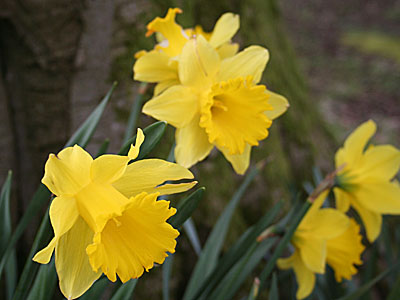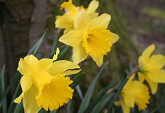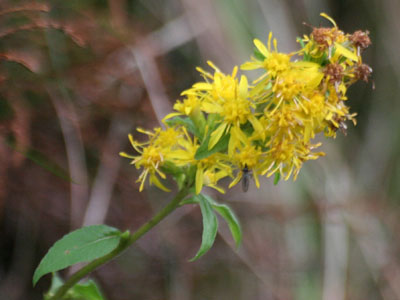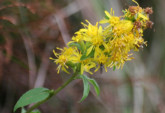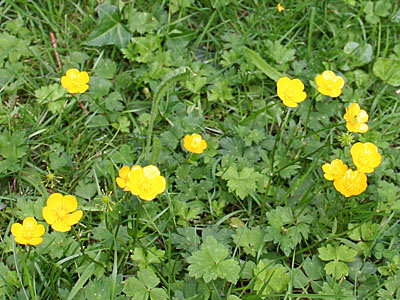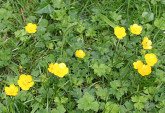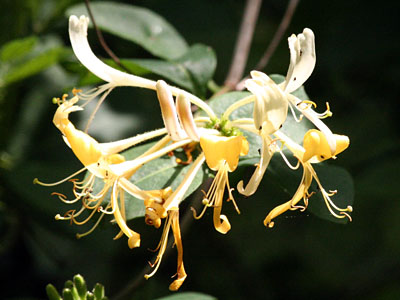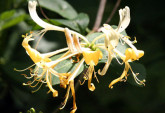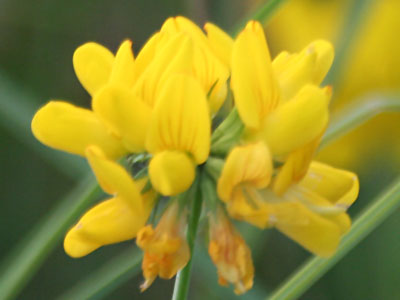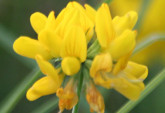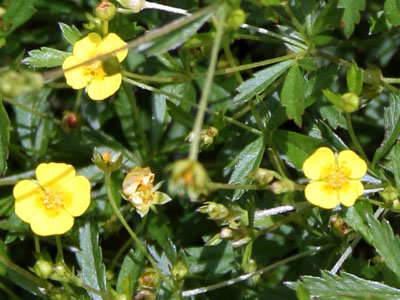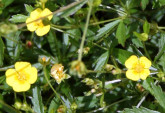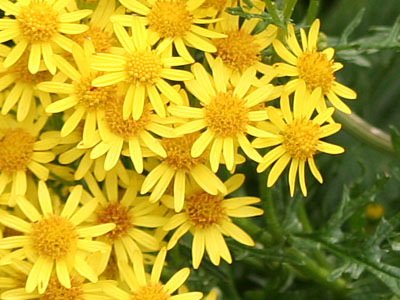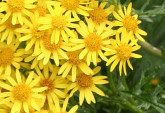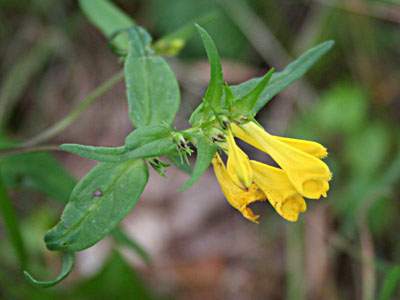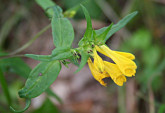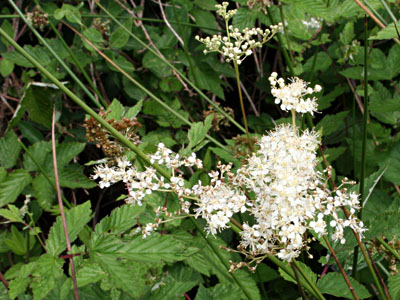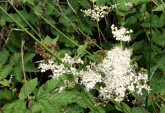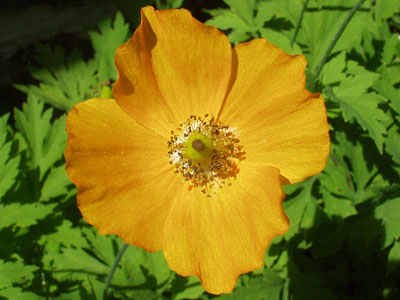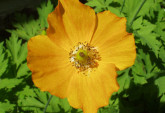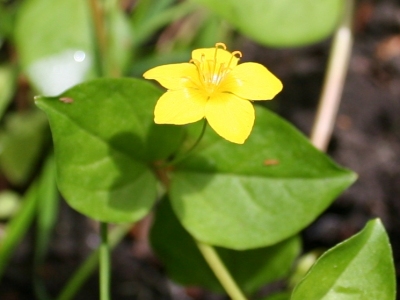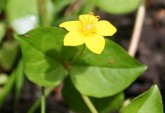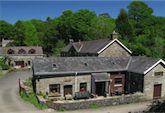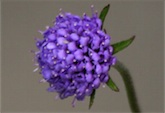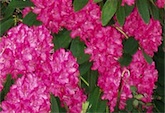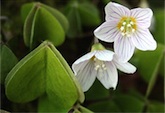Here are some of the yellow flowers that you may see at Plas Farm. Colour psychologists say that yellow, the lightest hue of the spectrum, is illuminating and uplifting, offering hope, cheerfulness, fun and happiness.
Plas Farm’s Yellow Flowers
1. Bird’s Foot Trefoil Lotus corniculatus
2. Common Cow-wheat Melampyrum pratense
3. Common Dandelion Taraxacum officinale
4. Common Ragwort Senecio jacobaea
5. Creeping Buttercup Ranunculus repens
6. Honeysuckle Lonicera periclymenum
7. Lesser Celandine Ranunculus ficaria
8. Meadow Buttercup Ranunculus acris
9. Meadowsweet Filipendula ulmaria
10. Pineappleweed Matricaria discoidea
11. Primrose Primula vulgaris
12. Silverweed Potentilla anserina
13. Smooth Hawk’s-beard Crepis capillaris
14. Tormentil Potentilla erecta
15. Welsh Poppy Meconopsis cambrica
16. Wild Daffodil Narcissus pseudonarcissus
17. Yellow Pimpernel Lysimachia nemorum
18. Golden Rod Solidago virgaurea
19. Common Gorse Ulex europaeus
If you spot any yellow wild flowers at Plas Farm during your cottage holiday, please let us know and if possible take a photograph of it. If you are unable to identify the plant, try posting the image on one of the forums on the excellent Wild About Britain.
